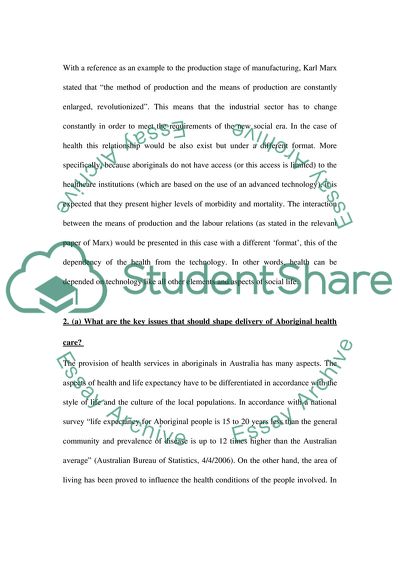Cite this document
(Aboriginal Morbidity and Mortality Assignment Example | Topics and Well Written Essays - 1750 words, n.d.)
Aboriginal Morbidity and Mortality Assignment Example | Topics and Well Written Essays - 1750 words. https://studentshare.org/health-sciences-medicine/1707529-aboriginal-health
Aboriginal Morbidity and Mortality Assignment Example | Topics and Well Written Essays - 1750 words. https://studentshare.org/health-sciences-medicine/1707529-aboriginal-health
(Aboriginal Morbidity and Mortality Assignment Example | Topics and Well Written Essays - 1750 Words)
Aboriginal Morbidity and Mortality Assignment Example | Topics and Well Written Essays - 1750 Words. https://studentshare.org/health-sciences-medicine/1707529-aboriginal-health.
Aboriginal Morbidity and Mortality Assignment Example | Topics and Well Written Essays - 1750 Words. https://studentshare.org/health-sciences-medicine/1707529-aboriginal-health.
“Aboriginal Morbidity and Mortality Assignment Example | Topics and Well Written Essays - 1750 Words”. https://studentshare.org/health-sciences-medicine/1707529-aboriginal-health.


